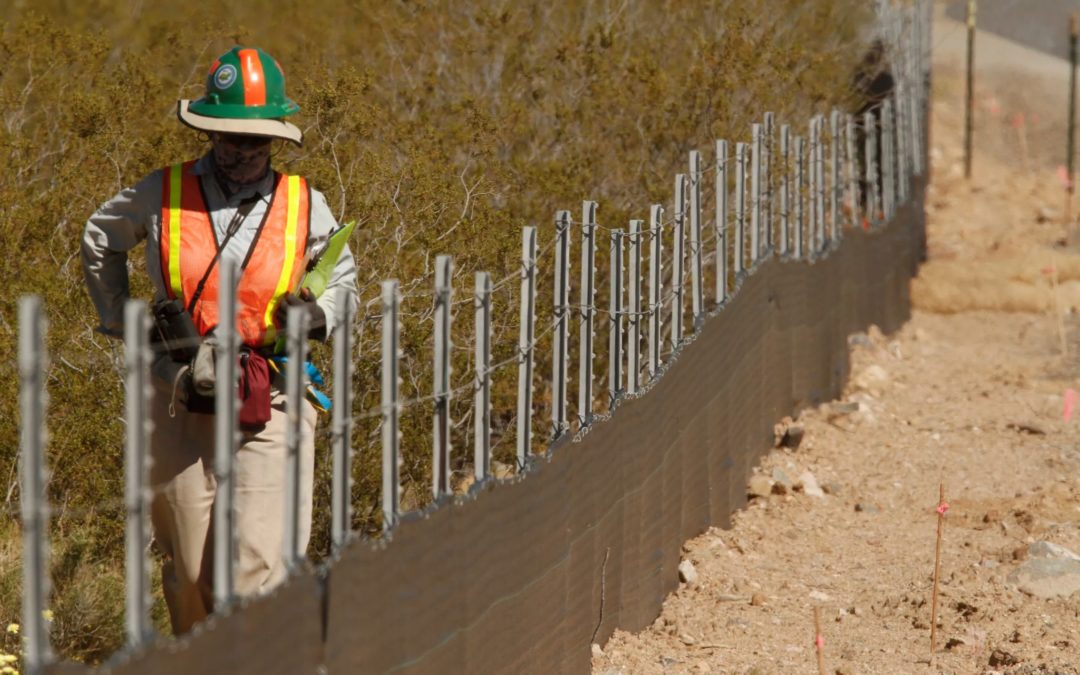SOURCE: Vox
DATE: July 27, 2018
SNIP: As temperatures surge around the world, many cities and countries are breaking heat records. Massive wildfires have ignited in Europe and the United States amid the scorching weather, destroying thousands of acres of wilderness. Hundreds have died this year between the heat and fires.
But the recent hot weather is dangerous in more subtle ways, and is an ominous signal of what increasing average temperatures and climate change portend for some of the most vulnerable who must endure the heat to earn a living. According to the Bureau of Labor Statistics, more than 15 million people in the United States have jobs that require them to be outdoors at some point, and rising temperatures are already proving dangerous for them.
In Georgia, Miguel Angel Guzman Chavez, a 24-year-old farmworker, died of heatstroke while working the field last month when the heat index reached 105 degrees Fahrenheit. Earlier this month, 52-year-old Cruz Urias-Beltran was found dead in a cornfield in Nebraska after temperatures topped 100°F. Postal worker Peggy Frank died in her mail truck near Los Angeles on July 6, when the temperature reached 117°F. She was 63.
As the climate changes, heat waves are poised to get longer and more intense. That means more workers will face triple-digit temperatures, often for single-digit wages, threatening lives and livelihoods.
While much of the rest of the workforce is in air-conditioned offices and stores, they’re not immune to the economic blows from climate change. By 2028, climate change will cost the US $360 billion per year, about half the expected growth of the economy, according to the Universal Ecological Fund. Much of this is due to health costs.
Rising temperatures have an impact on productivity well before they become dangerous. Economist R. Jisung Park reported that worker productivity declines by 2 percent for every degree Celsius above room temperature. It’s a worldwide phenomenon, with the hottest regions getting hit the hardest. The heat can dehydrate laborers, and higher temperatures demand more frequent breaks.

